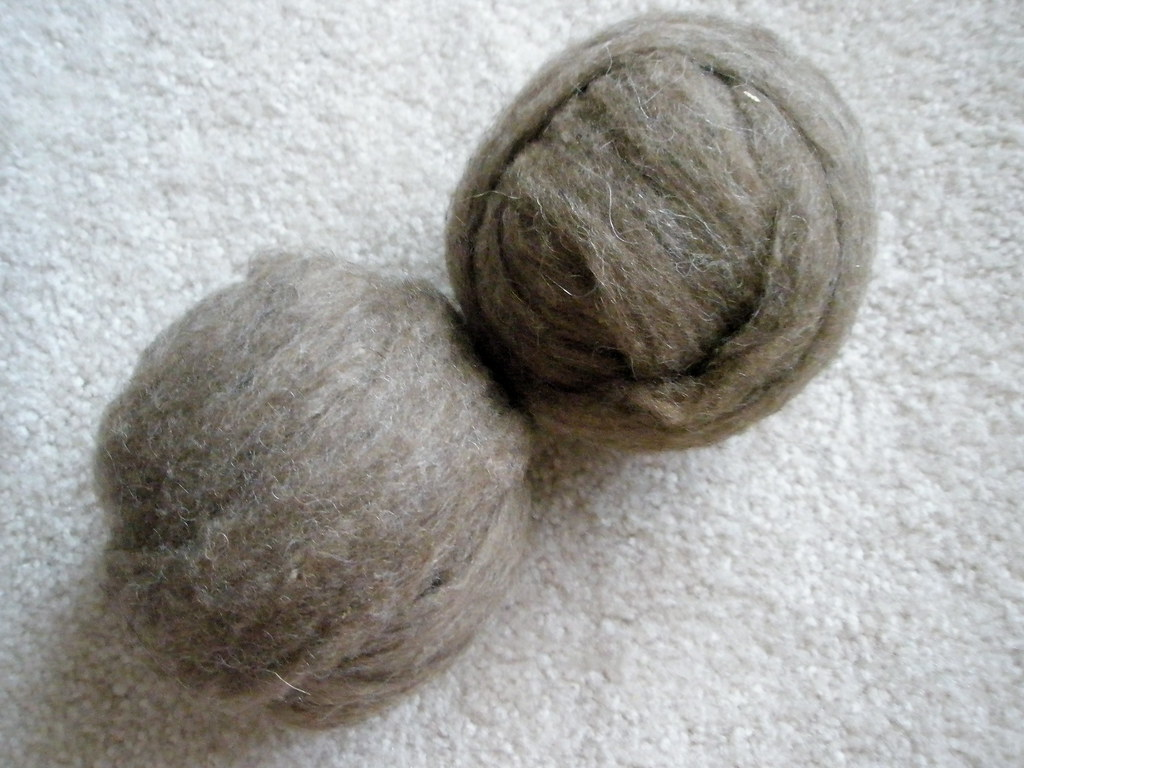Why use wool in a mattress?
So whats so special about wool?
Wool has been a staple of British heritage for centuries, and we’ve been using it in beds for as long as modern mattresses have been around. It’s a great sustainable material.
We fully support the use of wool, especially locally obtained and British wool, for its natural properties. There are lots of good reasons to use wool, it is sustainable as less energy is used in is its production cycle than man-made fibres, which keeps carbon dioxide emissions low, and it can be recycled easily.
Why is wool a good material to use within a mattress?
Wool has a natural crimp, which gives it bounce in a mattress and is naturally supportive, fire retardant and resilient, giving your mattress lifetime of quality. It is heat-regulating and naturally antibacterial. Did you know that is absorbs +23% more sweat than man-made fibres, as well as processing and releasing moisture, that gives a healthy and hygienic sleeping environment.
A wool mattress can also help you breathe easier at night, as it can trap floating dust, making the risk of irritation very small.
We have been utilising wool for clothing since the Stone Age. Each single strand of sheep’s wool is thinner than human hair and provides natural UV protection for both humans and sheep.
Are certain types of wool preferable over others?
The use of Texel, Mule, Suffolk, Wensleydale and Zwartbles sheep to produce pure-grade Yorkshire wool is preferred. These sheep provide thick wool with a good crimp and a short staple (cluster of wool fibres), which gives it more comfort, and helps it retain its shape within the mattress.
Does sleeping on wool make you overheat?
No, it is a heat-regulating material and naturally breathable, insulating and keeps away moisture from your body by absorbing and releasing water molecules, whilst retaining its thermal efficiency.
Is wool resilient?
Yes, it has a high elastic recovery, which means it can maintain its appearance giving the mattress a long lifespan. Each fibre can resist tearing and can be bent back on itself over 20,000 times without breaking.
How much wool does a sheep produce?
A single sheep can produce around 4kg of wool. Other materials can be blended with wool, such as mohair, alpaca wool, cashmere, hemp and flax as it can provide support and comfort
How is wool cleaned?
The wool is washed at a very high temperature to remove stubborn dirt, then the excess water is drained before it goes into a detergent bath. The bath removes contaminants such as dirt, sweat, paint and lanolin (a protective antibacterial grease layer). After a third and final clean, the wool is rinsed and then blow dried
What's next for wool?
Wool has a bright future in the fight against climate change. As mentioned before, it uses less energy to process than man-made fibres, so carbon dioxide emissions stay low and waste is reduced through recycling.
We have three suppliers show casting wool as the main filling in their beds, namley Silentnight, Relyon & Rest Assured. Why not pop in today and have a lie down?


